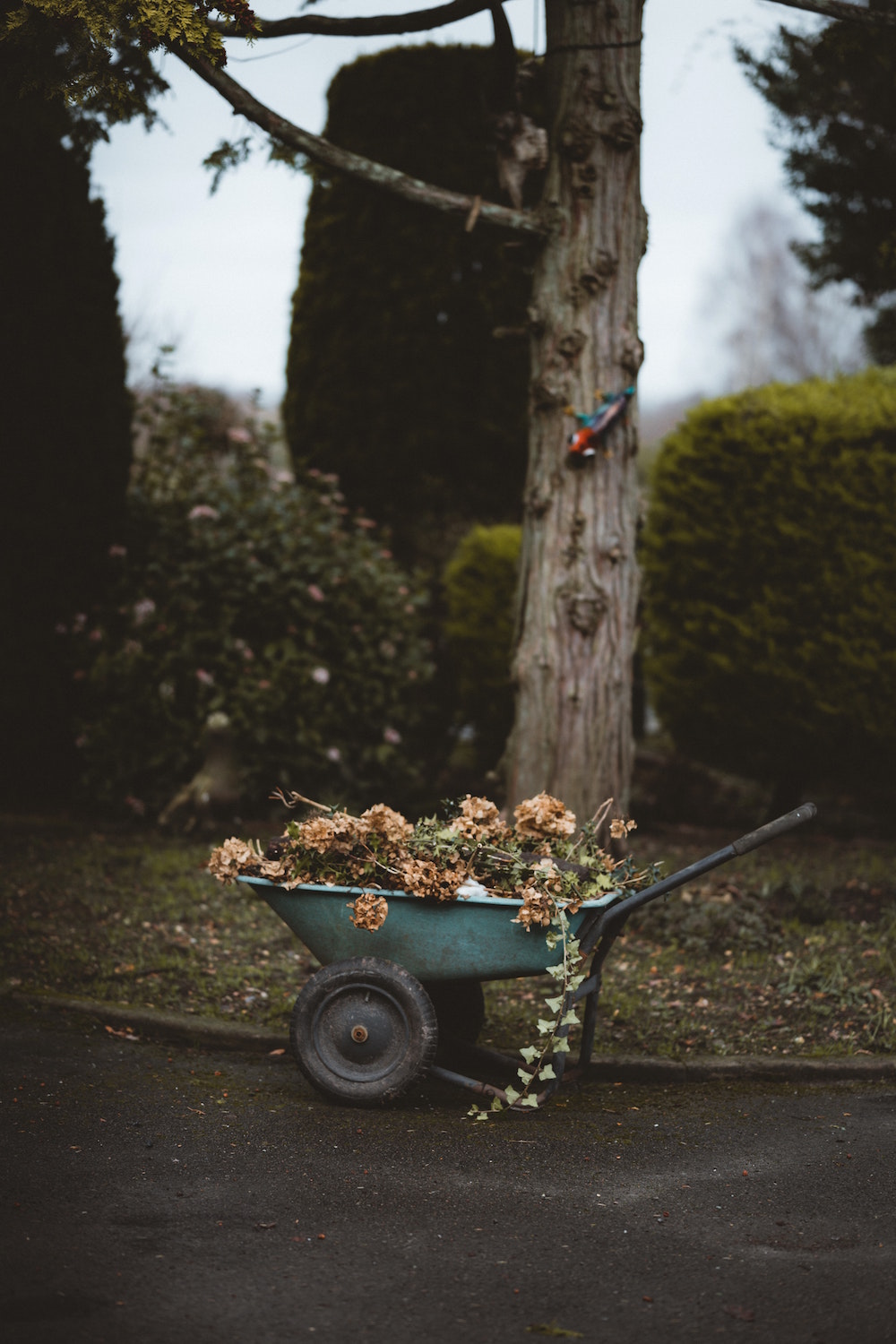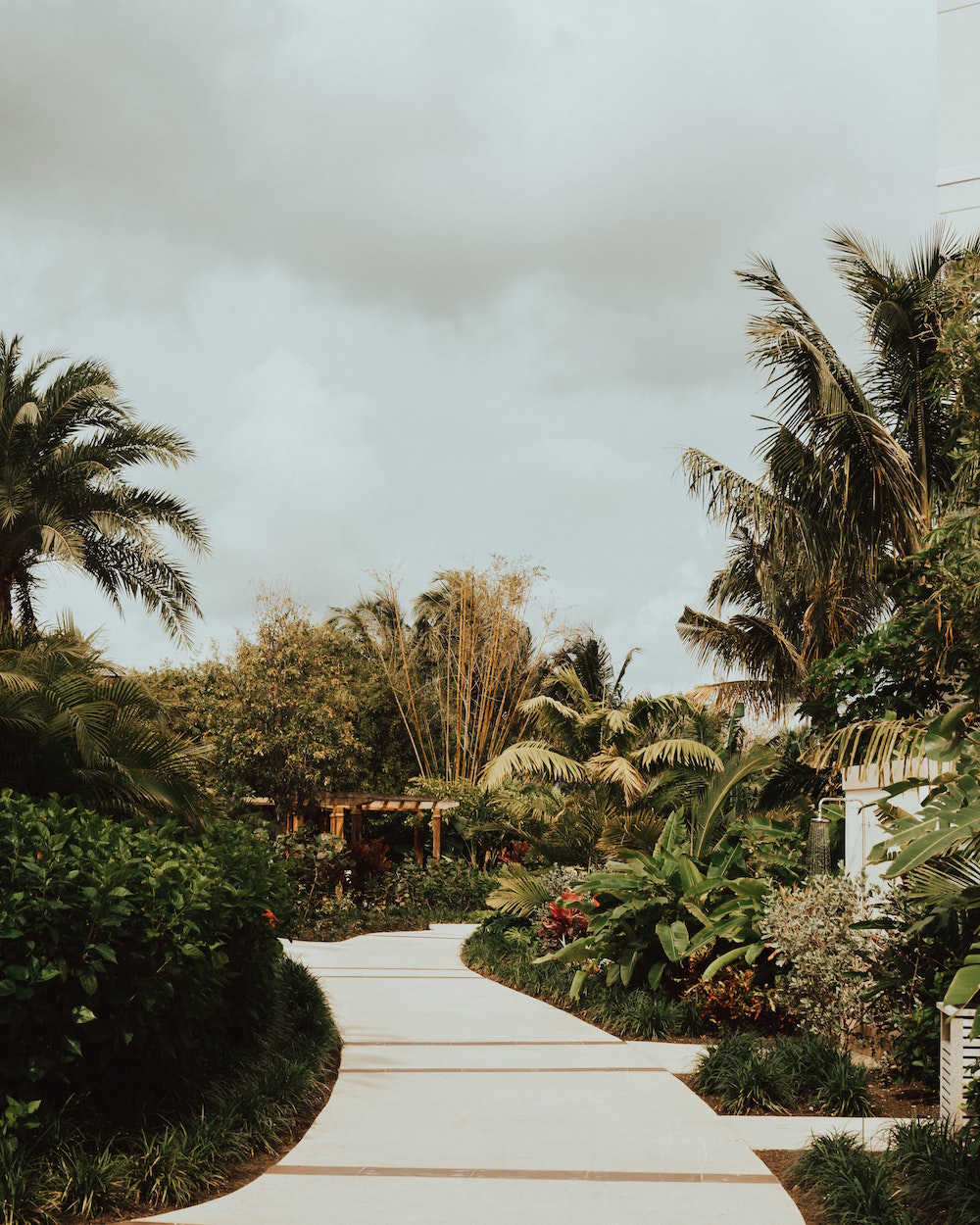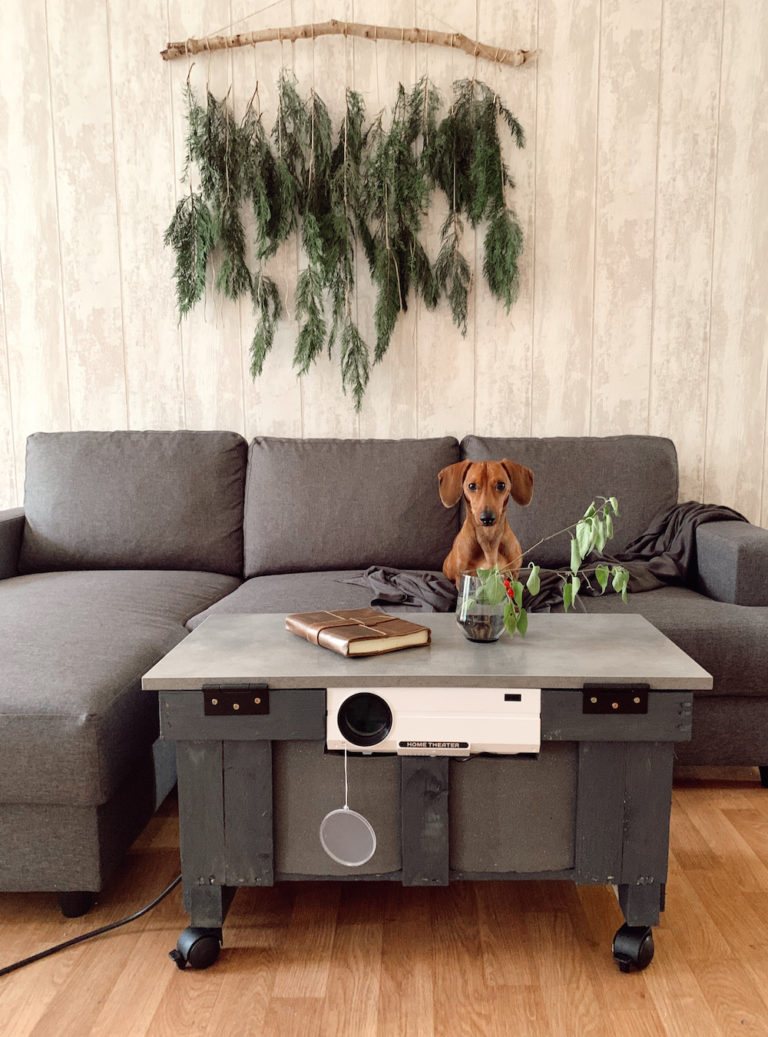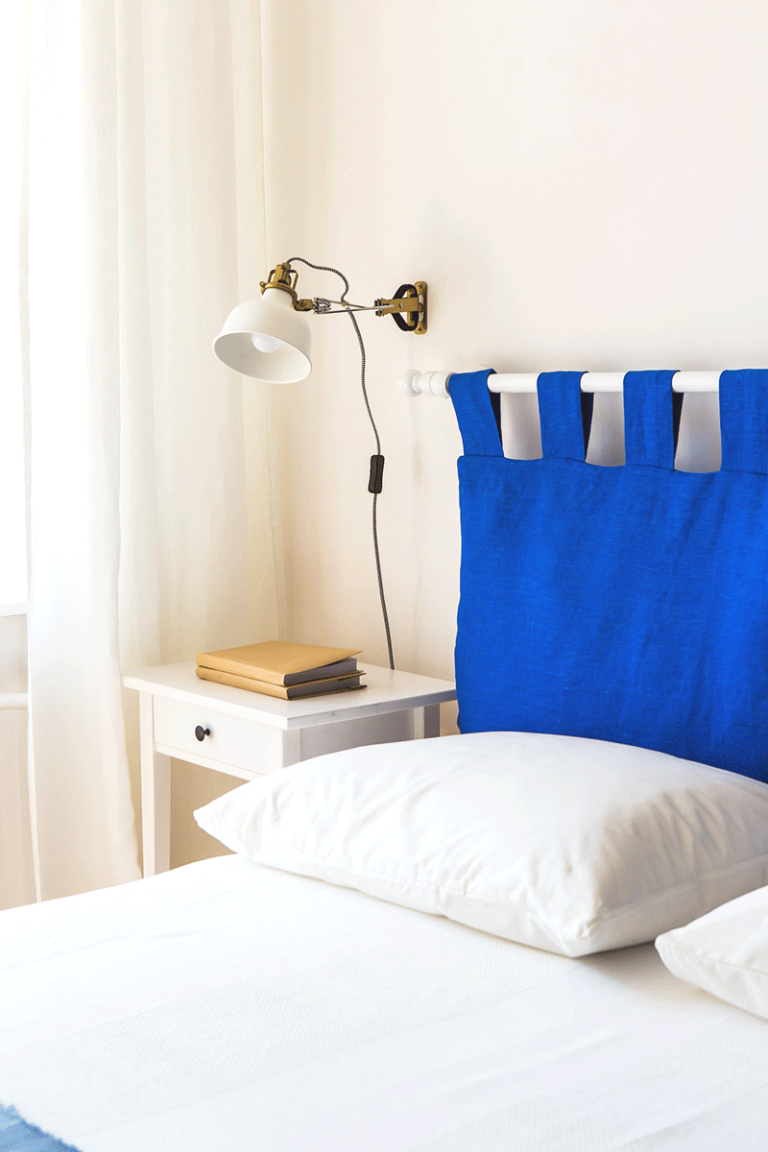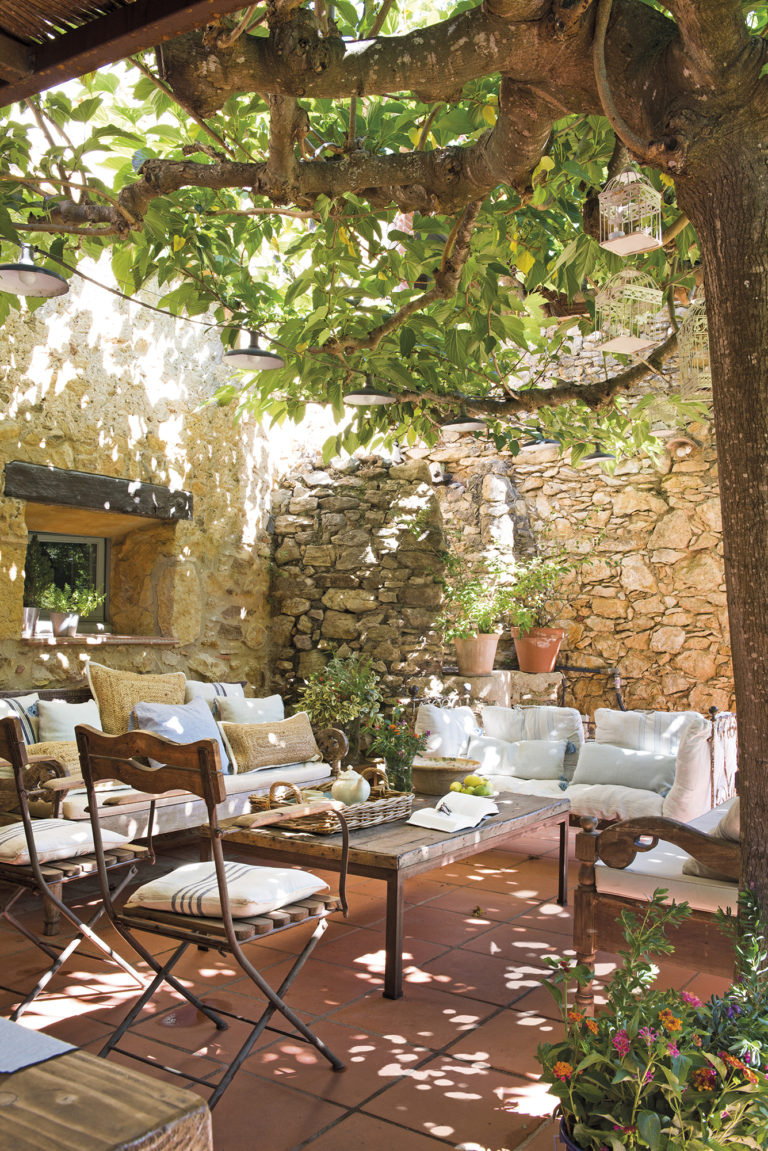Pruning 101: Basics of Pruning Small Trees & Shrubs
Having trees and shrubs in your garden adds character and can even give additional levels of privacy. That’s important to ensure you are comfortable enjoying your own outside space. However, having small trees and shrubs means you need to take care of them.
Pruning properly is essential to ensure the trees and shrubs remain looking good and stay healthy. Unfortunately, if you don’t know what you are doing you can just as easily kill the plants as help them!
That’s why many people prefer to use the services of a reputable tree arborist Sydney. Put simply, they know what they are doing.
But, if you really want to have a go yourself, here are some basics to get you started.
The Right Time
The best time to prune is late winter or early spring. This is when it is easiest to see the structure of the plant, allowing you to make precise cuts. It’s also when the plant is most dormant, minimizing any damage done to it.
By doing it at these times you’ll also find the wounds heal quicker and there is less chance of infection setting in from viruses or insects.
Choose Your Tools
Pruning shears are good, as is a sharp saw. That’s the essential point, sharp. Your tools need to be able to make a clean, exact cut. The aim is to minimize the stress to the small tree or shrub, as with humans, stress can kill a tree.
Don’t forget you’ll also need a good pair of gardening gloves, safety glasses and possibly a ladder. Of course, if you’re using a ladder proceed with caution and get a friend to support it for you if necessary.
Choose The Right Spot
Where you cut can make a big difference to the success of your pruning session. You need to cut at least ¼ inch above an outward-facing bud. The cut should slant downward and away from the aforementioned bud.
Ideally, remove branches where they join the trunk, this will help you to maintain the desired shape.
Removing Disease
Any diseased or dead sections of the trees and shrubs need to be removed, the sooner the better. If you leave it it’s more likely to cause the infection to spread, potentially killing your plant.
It’s also a good idea to remove branches facing inward or crossing the plant, these will not help the shape of your plant and will block light from lower branches.
You can also remove the oldest stems right back to the ground, this reduces the overall size of the plant in a healthy way.
Resuming Growth
If the shrubs and small trees have not been pruned or cared for in a while then you may find that extreme pruning is required. It’s best to avoid pruning more than a third of the branches in one go. Extreme pruning means the plant is likely to struggle for a year or two. But, done properly, it will recover and look fantastic again.

